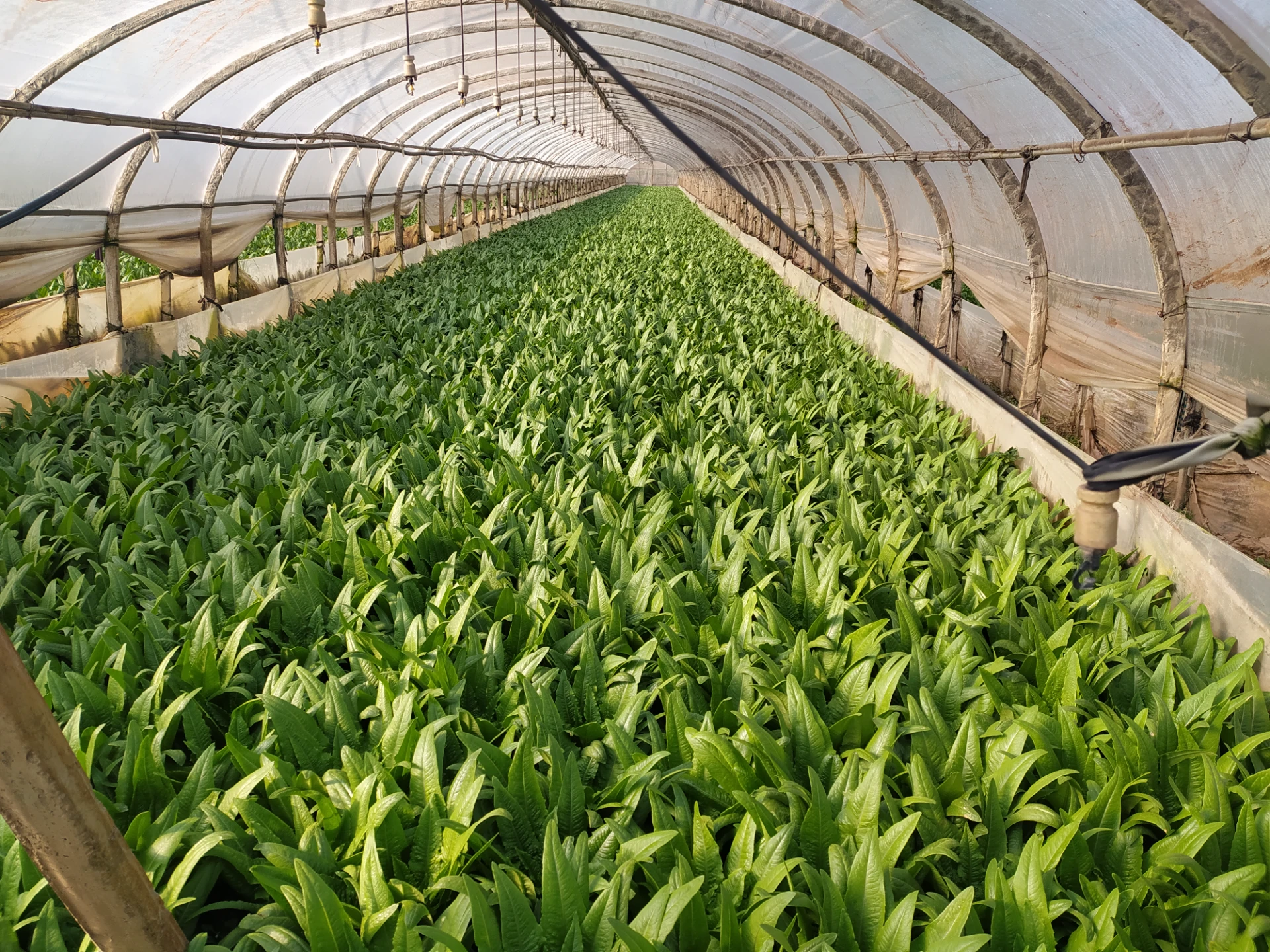
News
Nov . 07, 2024 13:37 Back to list
Natural Chelants and Their Role in Environmental Remediation and Agriculture Applications
Natural Chelants Understanding Their Role and Benefits in Environmental Chemistry
Chelation chemistry plays a vital role in various fields, including agriculture, medicine, and environmental science. At the forefront of this area are natural chelants, which offer a more sustainable and eco-friendly alternative to synthetic chelating agents. This article delves into the significance of natural chelants, their sources, applications, and advantages.
What Are Chelants?
Chelants, or chelating agents, are molecules that can form multiple bonds with a single metal ion. This unique ability enables them to effectively 'grab' metal ions, forming stable complexes that can enhance the solubility and bioavailability of nutrients while also detoxifying harmful metals in the environment. Chelation is a crucial process in various ecosystems, agricultural practices, and industrial applications.
Sources of Natural Chelants
Natural chelants are derived from natural sources such as plants, microorganisms, and organic matter. Some well-known natural chelating agents include
1. Citric Acid Found in citrus fruits, citric acid is widely recognized for its chelating properties and is commonly used to improve nutrient uptake in plants. 2. Humic Substances These are organic compounds formed during the decomposition of plant and animal matter in soil. Humic and fulvic acids are potent natural chelants that can enhance nutrient availability and improve soil health. 3. Siderophores Produced by certain bacteria and fungi, siderophores are specialized molecules that bind iron and make it accessible for microbial uptake. They play a crucial role in nutrient cycling in soil. 4. Lactic Acid A byproduct of fermentation, lactic acid is also known for its ability to chelate metal ions and is used in various agricultural applications.
Applications of Natural Chelants
Natural chelants have a wide range of applications across several domains
1. Agriculture In agricultural practices, natural chelants improve soil fertility by enhancing the availability of essential nutrients like iron, manganese, and zinc to plants. By incorporating natural chelants into fertilizers, farmers can increase crop yields while reducing the risk of chemical runoff.
2. Remediation of Contaminated Sites Natural chelants are also employed in bioremediation strategies to clean up contaminated soils and water. They play a critical role in sequestering heavy metals, making them less toxic and more manageable.
natural chelant

3. Food Industry In food preservation, natural chelants are used to prevent oxidation and spoilage. For example, citric acid is commonly applied to food products to enhance shelf life by binding metal ions that could catalyze oxidation processes.
4. Pharmaceuticals Natural chelants have potential applications in medicine, particularly in treating heavy metal poisoning. By facilitating the excretion of toxic metals from the body, natural chelating agents can help detoxify patients exposed to harmful substances.
Advantages of Using Natural Chelants
The use of natural chelants offers several significant benefits
1. Eco-friendliness Unlike synthetic chelating agents, which can pose environmental risks, natural chelants are biodegradable and less harmful to ecosystems. Their application supports sustainable agricultural practices and reduces the impact of pollutants.
2. Improved Soil Health Natural chelants contribute to soil health by enhancing microbial activity and promoting nutrient cycling. This leads to improved soil structure and fertility over time, resulting in better plant growth and resilience.
3. Reduced Chemical Inputs By improving nutrient availability, natural chelants can reduce the need for synthetic fertilizers and pesticides, minimizing chemical inputs in agriculture. This transition contributes to more sustainable farming practices.
4. Safety and Acceptance Natural chelants are generally recognized as safe for humans and the environment. Their use in agriculture and food products is often more acceptable to consumers who prioritize health and sustainability.
Conclusion
Natural chelants present a promising solution to address various environmental and agricultural challenges. With their ability to enhance nutrient availability, improve soil health, and mitigate pollution, they offer a sustainable alternative to synthetic chelating agents. As research continues to uncover the full potential of natural chelants, we can expect their role in promoting environmental sustainability and agricultural productivity to grow even further. Emphasizing the use of these eco-friendly alternatives will be crucial in forging a path toward sustainable development in the years to come.
-
Polyaspartic Acid Salts in Agricultural Fertilizers: A Sustainable Solution
NewsJul.21,2025
-
OEM Chelating Agent Preservative Supplier & Manufacturer High-Quality Customized Solutions
NewsJul.08,2025
-
OEM Potassium Chelating Agent Manufacturer - Custom Potassium Oxalate & Citrate Solutions
NewsJul.08,2025
-
OEM Pentasodium DTPA Chelating Agent Supplier & Manufacturer High Purity & Cost-Effective Solutions
NewsJul.08,2025
-
High-Efficiency Chelated Trace Elements Fertilizer Bulk Supplier & Manufacturer Quotes
NewsJul.07,2025
-
High Quality K Formation for a Chelating Agent – Reliable Manufacturer & Supplier
NewsJul.07,2025
